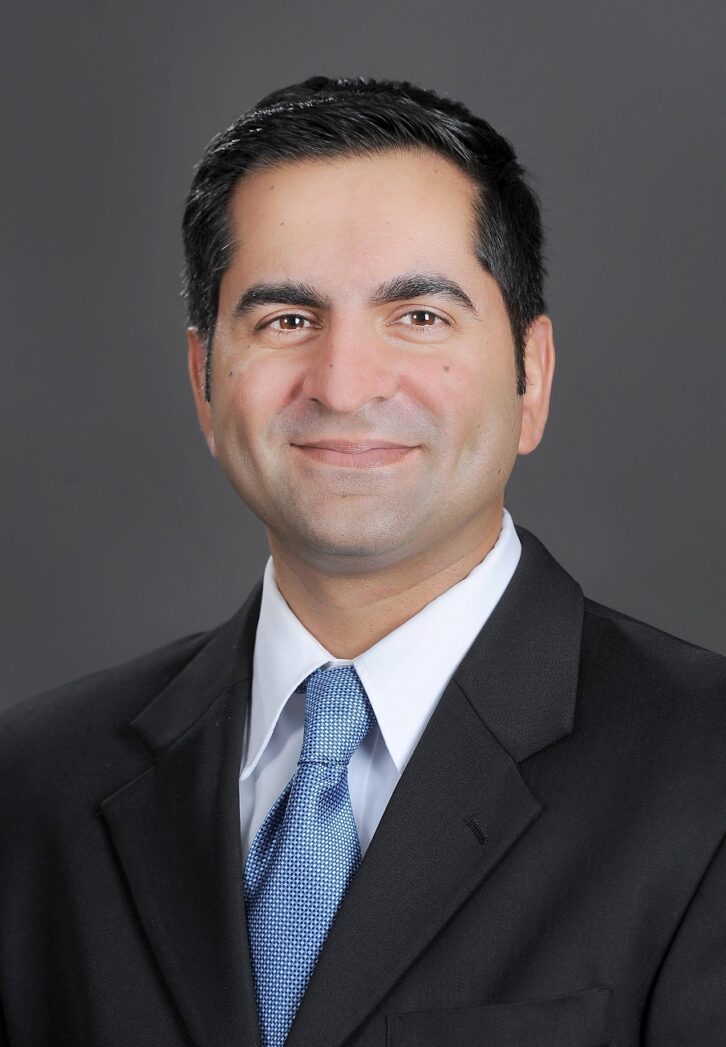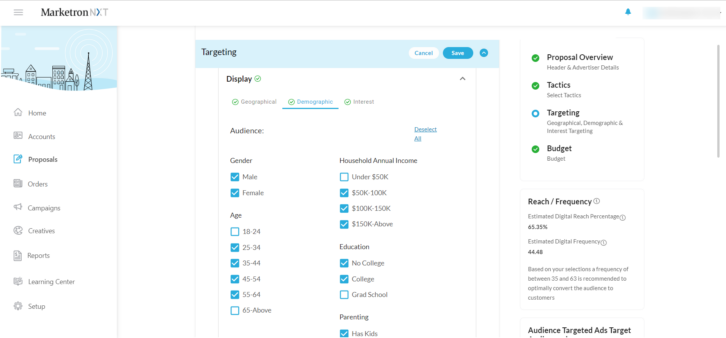A current Radio World ebook explores the trend toward more and more broadcast functions being offered “as a service.”
Jimshade Chaudhari is senior vice president, product, for Marketron, where he is responsible for the product strategy, roadmap, user experience and customer adoption across the company’s portfolio of solutions.
Radio World: How are service models showing up in offerings from Marketron?
Jimshade Chaudhari: Marketron has expanded its service models in a few areas to support our radio customers. Because we understand the environment well and listen to our customers, it’s been an area of investment and focus.
First, we offer hubbing as a service to our traffic users. This allows stations to outsource traffic management, either long-term or interim. We have veteran traffic experts on the team who work for you.
The other area of our service model is around third-party digital. As part of the Marketron NXT ecosystem, we have the Integrated Media Specialist or IMS program. In this partnership, our digital media experts become an extension of a station’s sales team to provide training, strategy, mentoring and support.
In addition, NXT users have access to client development managers or CDMs, who are experts as a service, helping organizations in many of the same ways. They are an on-call resource for digital sellers.
RW: What are the business or budgeting implications of choosing to pay for something on an operating expense basis rather than as a capital expense?
Chaudhari: In looking at operational expenditures vs. capital expenditures, there are several considerations. With op-ex, you have predictable costs, which makes budgeting easier. There’s also a lot more flexibility with op-ex. If your business changes, you have more agility to respond to it.
Other financial positives are that operational expenditures are tax deductible in the year you pay them and don’t require a large upfront investment. However, the overall cost is often higher than cap-ex.
With cap-ex, you retain control and don’t have to depend completely on a vendor. That means it’s all on you, which means more internal resources that some stations may not have.
RW: How do legacy systems fit into the evolution of as-a-service?
Chaudhari: A business can’t use an as-a-service model for every element in its tech stack. However, there are opportunities to add on to legacy systems in a way that makes them more flexible and feature-rich.
For example, traffic software, which is the core component in radio spot management and revenue, isn’t a software-as-a-service product. It’s a platform with some SaaS options, like digital advertising, payments and creative workflow, which extend the product’s capabilities. So the takeaway for stations is that a core product can evolve as needed with these extra “service” features. We’re continuing to develop this in response to what our customers need.

RW: The service model idea isn’t limited to software, is it.
Chaudhari: No, it’s not. Really, the future of as-a-service relates to many areas where there’s an extension of “services” tied to a software platform.
For example, we discussed the expert-as-a-service models related to the IMS program, CDMs attached to NXT, and hubbing for traffic customers. As-a-service doesn’t have to be a specific technology. It can be anything that adds value to the software and is purchased in a subscription-like way.
RW: What are the advantages or disadvantages of being “cloud native”?
Chaudhari: With cloud native, the focus is on cloud-based services and delivery models. They use a distributed architecture, and, as a result, functionality is broken into multiple services. It has many benefits, including scalability, efficiency, accessibility and portability. Additionally, the cloud offers more confidence in resiliency should an incident occur.
There are drawbacks. Moving to a cloud-native architecture can require significant upfront investments and may require changes to existing processes and workflow. It’s something for stations to consider when seeking any SaaS product.
RW: With a centralized service, what happens if the data center or other infrastructure goes down? Is there redundancy across geographically distinct data centers?
Chaudhari: Marketron understands how important it is to protect data and maintain business continuity. The safety and security of client data is a priority. We devote significant resources to protecting systems and client data, and our data center strategy reflects that. We have multiple data centers that are geographically dispersed. This provides redundancy and protection should something like a natural disaster occur in one area of the country. With cloud-hosted applications, there is more confidence in resiliency should an incident occur. We have redundant systems and frequent backups for fast recovery.
RW: With traditional hardware, it’s yours forever. What happens when software is no longer updated?
Chaudhari: Hardware, a capital expenditure, is yours forever, but you have to upgrade and replace it, so it’s not a one-and-done. The benefit of SaaS is that the vendor will continue to update it to the next version without any work on your part. Also, with SaaS, most of the time, this will be hosted in the cloud. You don’t need servers to run it at your location, so there’s less expense.
However, not every SaaS product will live forever. Sometimes things sunset. Most often, when that happens, your vendor will have a better version of the SaaS service for you to migrate to. With our products, we’ve got a roadmap to continue to bring more innovation to the radio industry.












